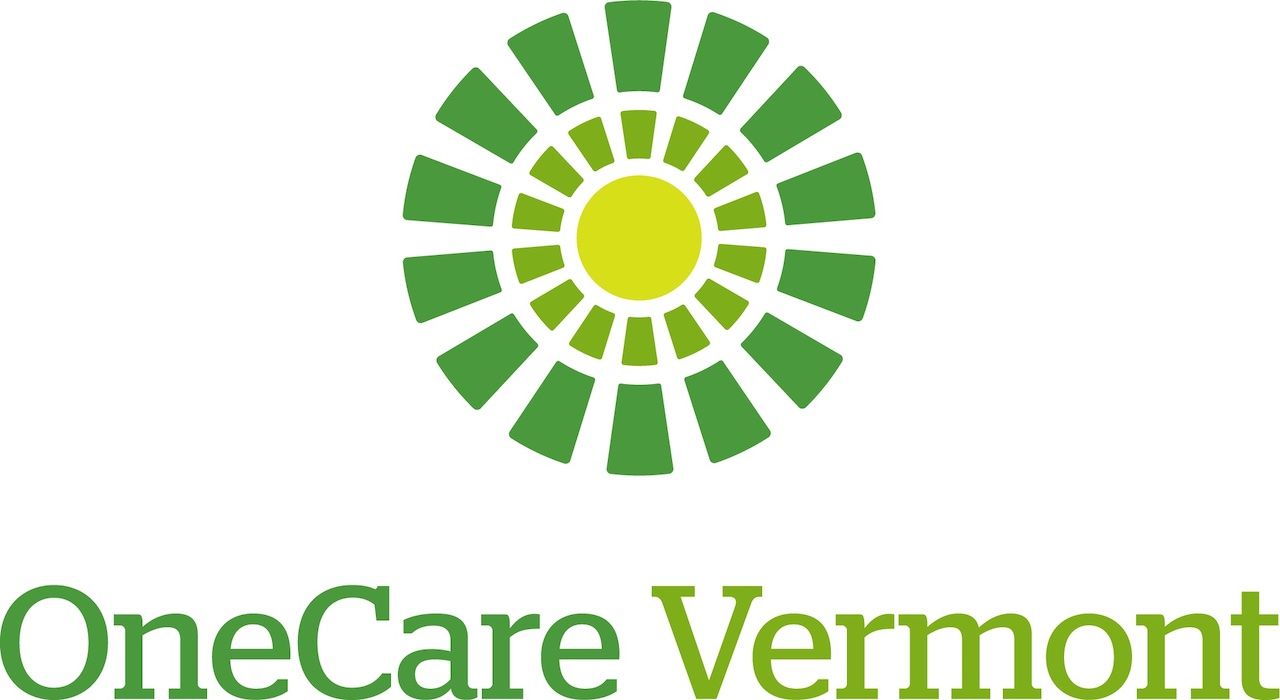- Center on Health Equity & Access
- Clinical
- Health Care Cost
- Health Care Delivery
- Insurance
- Policy
- Technology
- Value-Based Care
Vermont All-Payer ACO Successfully Drove Down Costs, Acute Care Over 4 Years
The program, which scales an accountable care organization (ACO) model across all major payers in Vermont, reduced Medicare spending and hospitalizations while improving patient care.
In Vermont, a program to scale an accountable care organization (ACO) model across all major payers in the state successfully reduced Medicare spending, lowered hospitalizations, and improved patient care. The Vermont All-Payer ACO Model (VTAPM) released the latest results in the model’s Third Evaluation and Findings at a Glance1,2; the analysis was commissioned by the Center for Medicare and Medicaid Innovation and conducted by NORC at the University of Chicago.
Credit: OneCare Vermont

The evaluations look at the first 4 performance years (PYs) of the model, from 2018 to 2021. The model will conclude in 2024. OneCare Vermont is the only ACO supporting the model.
In the model, payers opt in to participate in the Vermont All-Payer Model, which supports risk-sharing arrangements and population-based payments for participating hospitals.
"Our progress to date has been encouraging,” OneCare Vermont Chief Medical Officer Carrie Wulfman, MD, told the National Association of ACOs. “Perhaps most importantly, OneCare has achieved an unprecedented level of connection among hospitals, primary care, and community-based providers working together to advance our mission of high-quality care and reduced health care spending."
In PY4 (2021), there were 15 eligible hospitals: 14 of them participated in any ACO initiative, 8 in a Medicare ACO, 14 in a Medicaid ACO, and 14 in a commercial plan. In total, 8 participated in all 3 payer initiatives. The model included 6672 eligible practitioners and 242,758 Vermonters, a quarter of which were Medicare beneficiaries.
The Findings at a Glance reporty noted that the VTAPM was building on “nearly 2 decades of primary care and population health investments in Vermont.”
“Stakeholders agree that the VTAPM provided a mechanism for collaboration and continuing health care delivery transformation activities that preceded the model,” the authors of the Third Evaluation report wrote. “When interpreting the impact of the VTAPM and how other states could enact similar models, it is important to consider contextual factors, such as Vermont’s long history of health care reform and strong institutions that have supported the model’s success.”
The evaluation included an ACO-level analysis, in which Medicare beneficiaries attributed to PY4 practitioners in Vermont were compared with Medicare fee-for-service beneficiaries in 26 comparison states receiving care through practitioners participating in Medicare Shared Savings Program ACOs. There was also a state-level analysis of a group of eligible Medicare beneficiaries in Vermont who received most of their primary care in the state in PY4 compared with a comparison group in 26 states.
In PY4, the net ACO impact on Medicare spending was –9.7%. The cumulative impact through PY4 was –5.7%. The net state impact on Medicare spending was –13.3% in PY4 with a cumulative impact over 4 years of –9.7%. Over the first 4 years, the model was associated with a cumulative gross reduction in Medicare spending of $1177 per beneficiary per year and a net reduction of $1143 per beneficiary per year.
Primary care and evaluation and management (E&M) visits were up 17.3% in the ACO analysis and 17.0% in the state analysis. Acute care stays were down 10.0% in the ACO analysis and 18.7% in the state analysis. Specialty care E&M visits were down 27.2% in the ACO analysis and 25.8% in the state analysis.
“The Vermont model is making a positive impact on the state’s health care system,” Aisha Pittman, MPH, senior vice president of government affairs, NAACOS, and David Pittman, director of communications and regulatory affairs, NAACOS, wrote in a blog post. “Now is the time to translate that success to more payment models and states.”
References
1. Evaluation of the Vermont All-Payer Accountable Care Organization Model. NORC/University of Chicago. Published July 2023. Accessed August 11, 2023. https://innovation.cms.gov/data-and-reports/2023/vtapm-3rd-eval-full-report
2. Findings at a glance. CMS. Published 2023. Accessed August 11, 2023. https://innovation.cms.gov/data-and-reports/2023/vtapm-3rd-eval-report-aag
